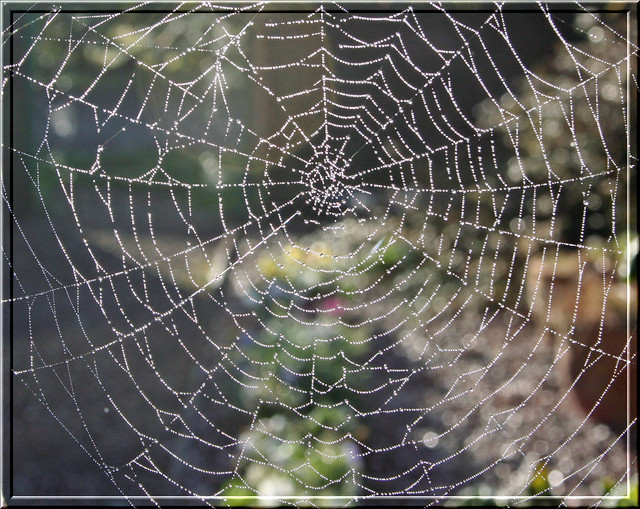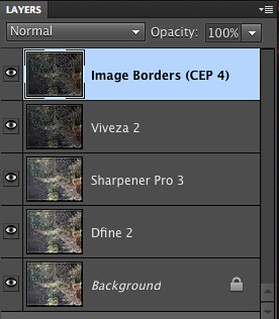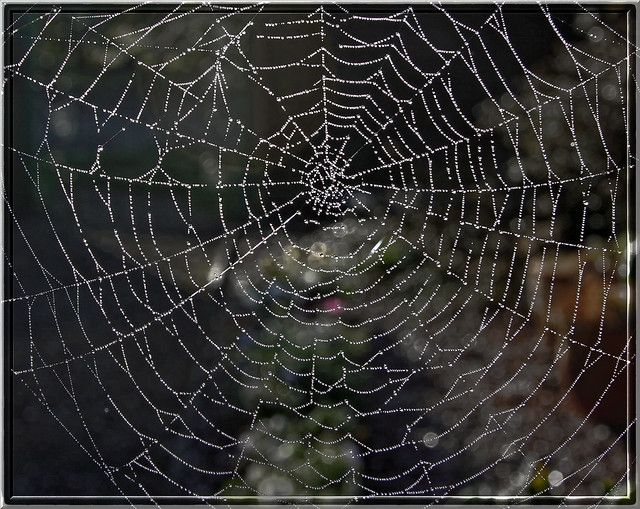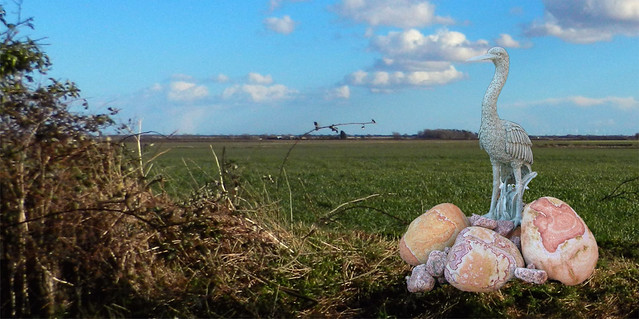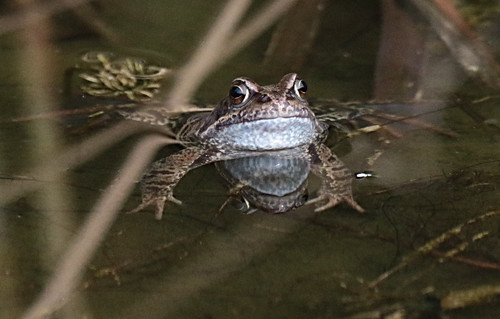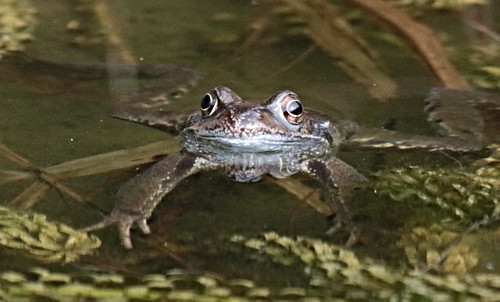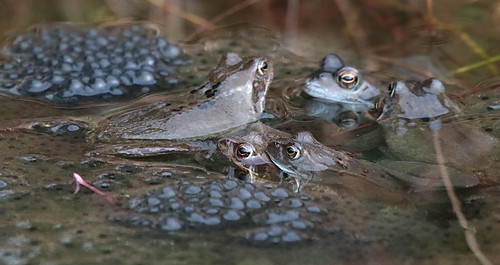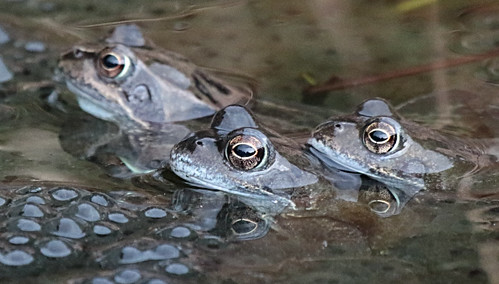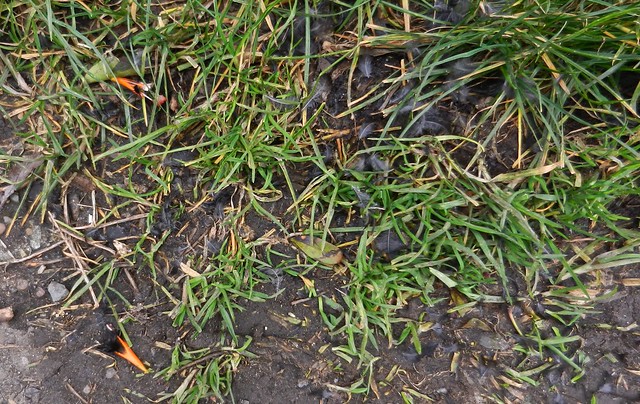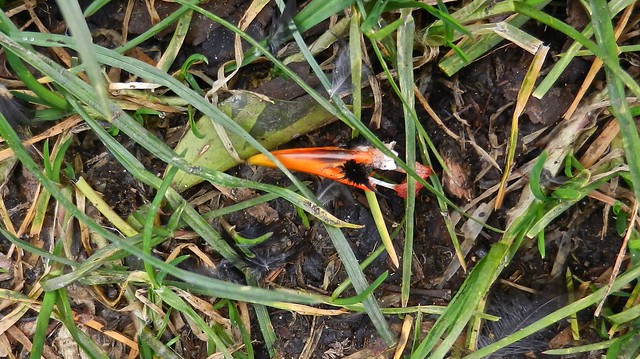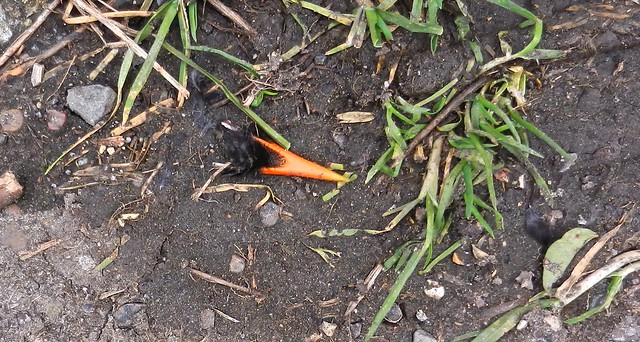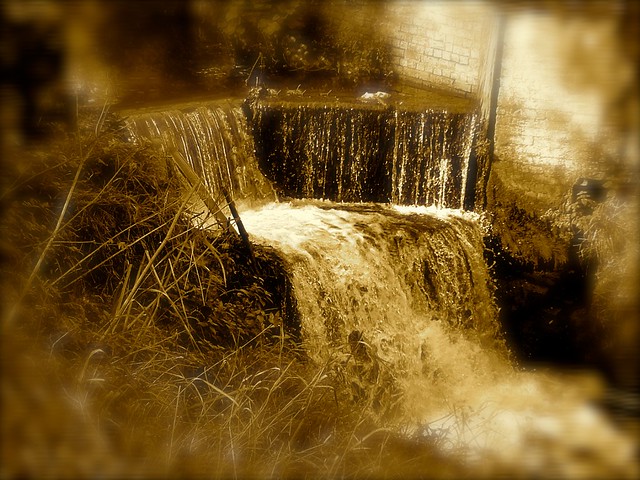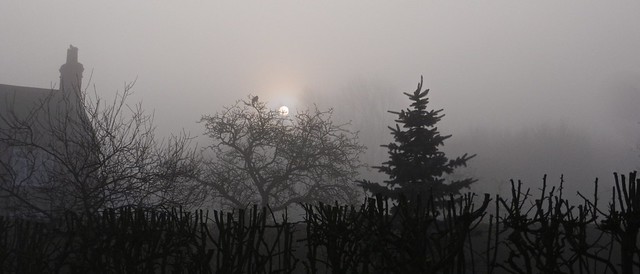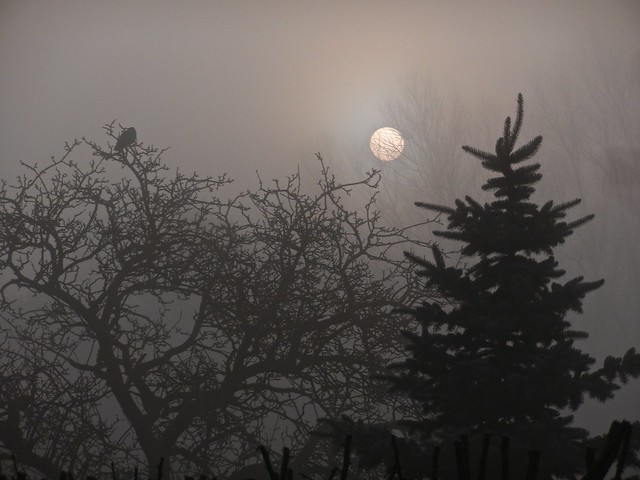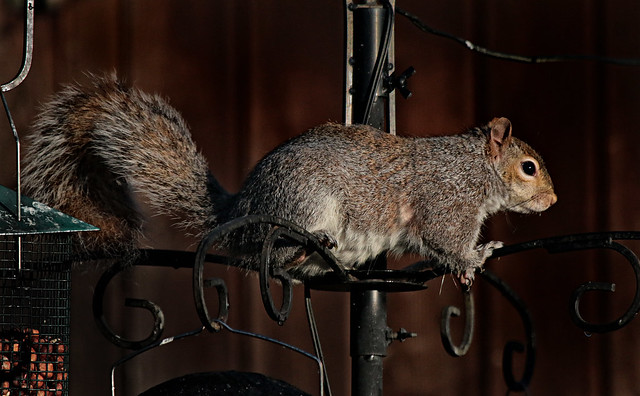 |
| Grey Squirrel |
Thursday, 31 March 2016
Wednesday, 30 March 2016
Tuesday, 29 March 2016
A Bit More Manipulation
I had another session in Aperture using the NIK filters from Google starting with a rather bland photograph taken at Covenham Reservoir:
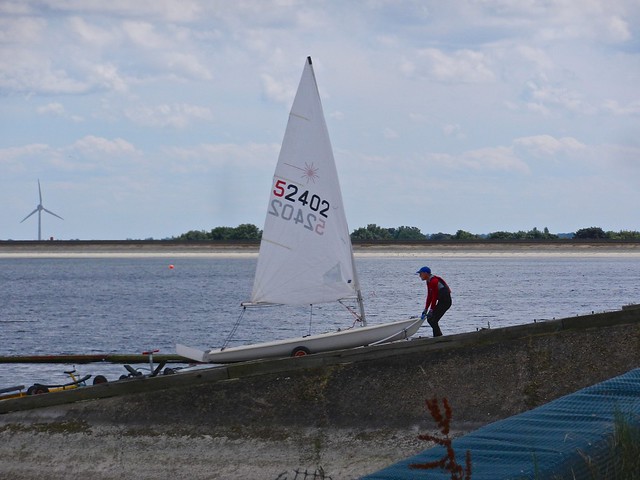
This time I used the Viveza filter which enable me to place control points on various parts of the photo and make local adjustments, sometimes darkening, sometimes making a section lighter and other parts where contrast or definition were increased. That enabled me to bring out the clouds, make the sail appear as though light was shining through it, increasing the colour on the sailor's jacket and so on. Last of all I used the Dfine filter to reduce any noise introduced in the first process:
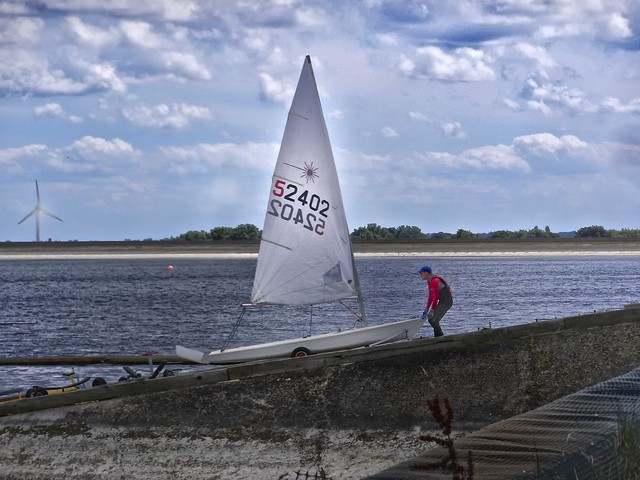

This time I used the Viveza filter which enable me to place control points on various parts of the photo and make local adjustments, sometimes darkening, sometimes making a section lighter and other parts where contrast or definition were increased. That enabled me to bring out the clouds, make the sail appear as though light was shining through it, increasing the colour on the sailor's jacket and so on. Last of all I used the Dfine filter to reduce any noise introduced in the first process:

Monday, 28 March 2016
Monday Mystery - Guess What

It's not often I manage to confuse everyone enough to keep all the virtual Midmarsh Stars to myself but last week's mystery photo was one of those occasions when I showed a small part of a candle stick:
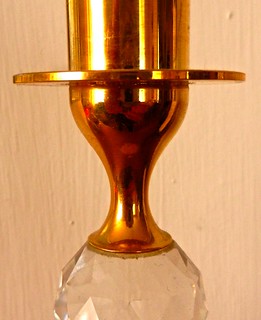
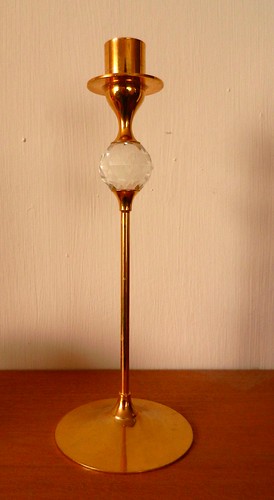
Maybe you will have better luck this week with this close shot.
Guess What:
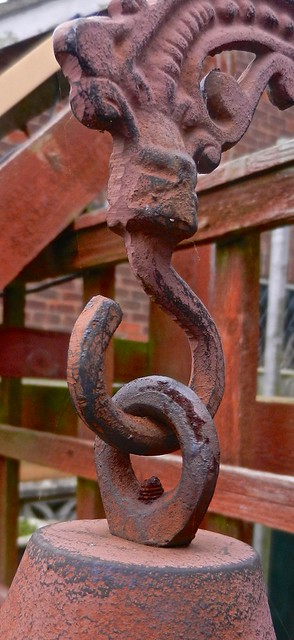
Please leave any guesses in the comments.
They will be revealed, along with the answer, next Monday.
No prizes, just for fun and maybe a virtual Midmarsh Gold or Silver Star.
Sunday, 27 March 2016
HDR
Many thanks to Adrian of Adrian's Images who happened to blog that Google had made their set of NIK filters free so I had a quick look and found they would work with two of the programs I have on the Mac: Aperture and Adobe Photoshop Elements 10, fully in Aperture v3.5.1 and all bar the HDR filter in Elements 10.
It was a quick, though large 600MB+ download, an easy installation followed by a quick online search to see where they could be found in each program.
I gave the filters each a quick look in Aperture and then chose a photo to try out the HDR filter:
The rather insipid original:
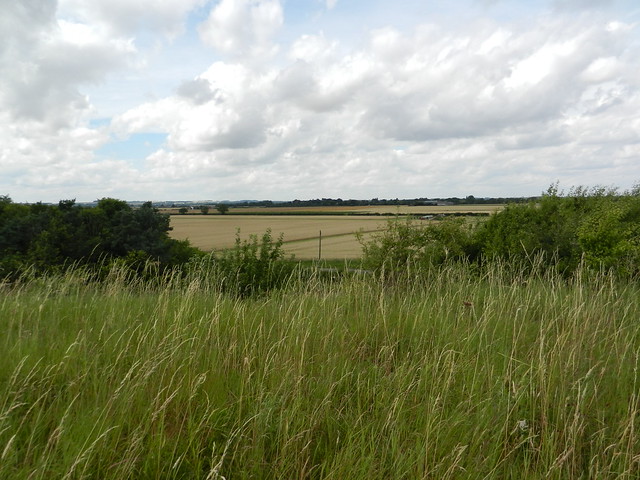
A bit of a crop and then a look at some of the many pre-set choices, ending up with 'Deep 1' to give dramatic effect. It doesn't end there as there are many tweeks which can be applied. I used the 'Graduated Neutral Density' controls to finish with complete with a partial rotation of the filter to give more light on the left hand side:
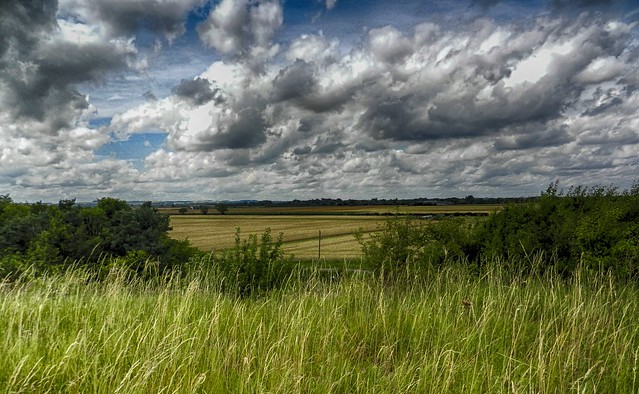
That, for me, brought a dull photo to life with a bit of atmosphere. This was only a quick trial as there are more complex and localised changes which can be made with this set of filters but they will take more than a bit of research plus lots of trial and error to find out how to get the best out of them.
It was a quick, though large 600MB+ download, an easy installation followed by a quick online search to see where they could be found in each program.
I gave the filters each a quick look in Aperture and then chose a photo to try out the HDR filter:
The rather insipid original:

A bit of a crop and then a look at some of the many pre-set choices, ending up with 'Deep 1' to give dramatic effect. It doesn't end there as there are many tweeks which can be applied. I used the 'Graduated Neutral Density' controls to finish with complete with a partial rotation of the filter to give more light on the left hand side:

That, for me, brought a dull photo to life with a bit of atmosphere. This was only a quick trial as there are more complex and localised changes which can be made with this set of filters but they will take more than a bit of research plus lots of trial and error to find out how to get the best out of them.
Saturday, 26 March 2016
Making the Most of a Sunny Day
Friday turned out to be glorious. Very nearly wall to wall Sunshine with the temperature maximizing at just 1 point off 16C. On an extended walkies we went to see whether Stan's horses would be out in their paddock:
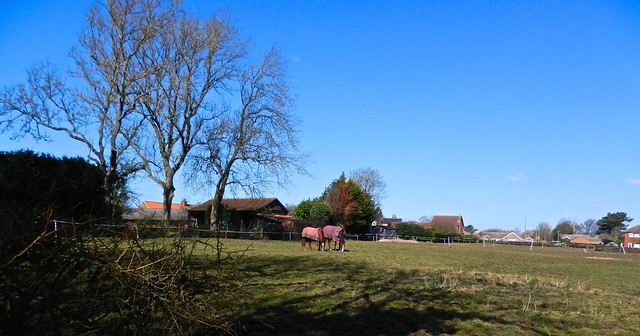
Yes, there they were wearing their coats to keep out a slightly chilly morning breeze:
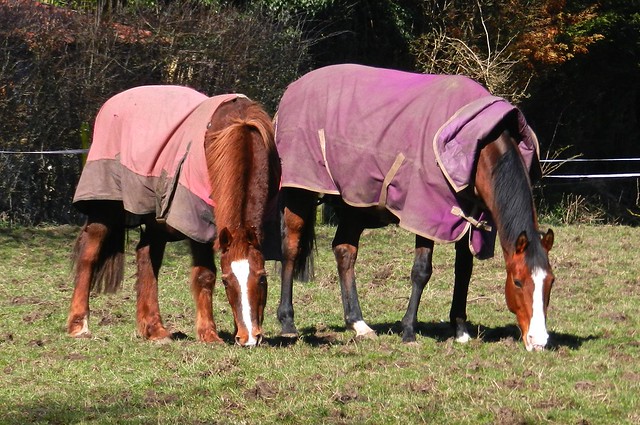
Making the most of an opportunity to eat some fresh grass:
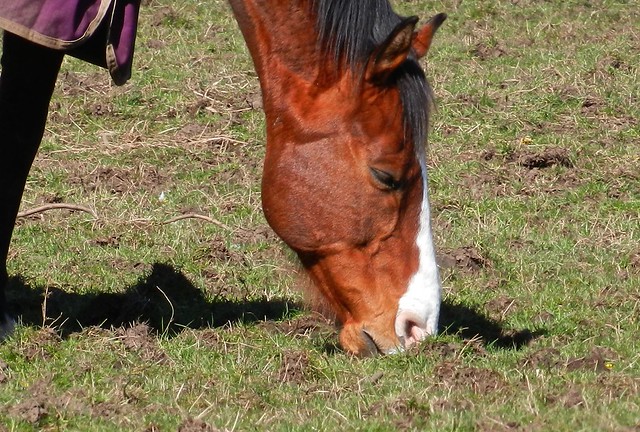
Every now and then looking up to see what we were up to:

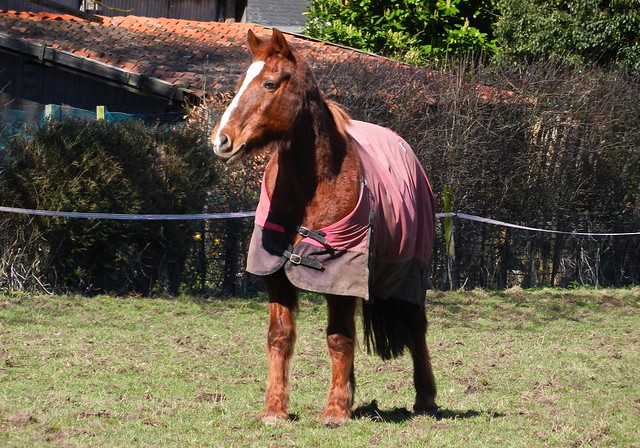

It won't be such nice weather today as we head towards wet and windy conditions.

Yes, there they were wearing their coats to keep out a slightly chilly morning breeze:

Making the most of an opportunity to eat some fresh grass:

Every now and then looking up to see what we were up to:



It won't be such nice weather today as we head towards wet and windy conditions.
Friday, 25 March 2016
Friday at the Flicks - Frogs
Thursday, 24 March 2016
The Climbing Wren
I often see a Wren hopping around the garden investigating all the planters looking for food but this is the first time I have seen one walk up a vertical pole, in this case a bamboo cane.
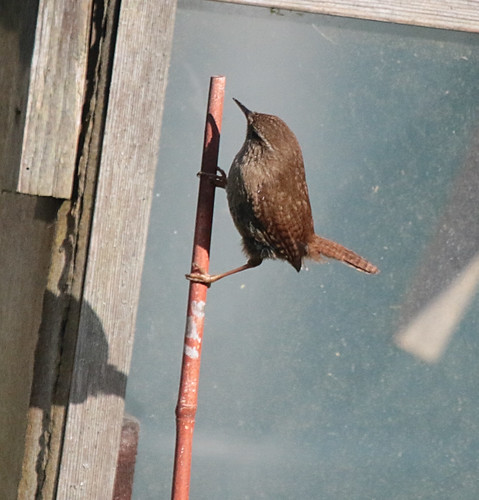
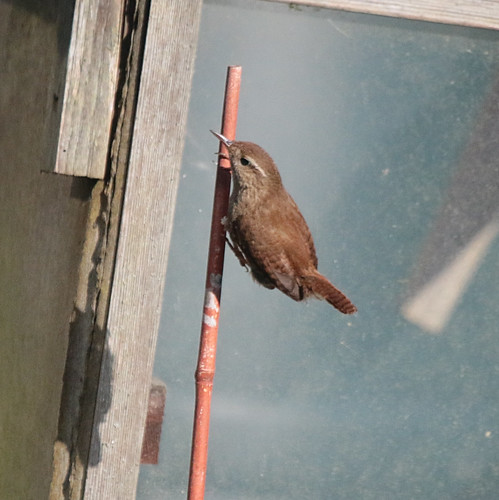
I only had time for a couple of hurried shots as Wrens don't stay in one place for very long. It would have been great to have videoed it as it walked straight up the cane without any effort.


I only had time for a couple of hurried shots as Wrens don't stay in one place for very long. It would have been great to have videoed it as it walked straight up the cane without any effort.
Wednesday, 23 March 2016
Tuesday, 22 March 2016
Monday, 21 March 2016
Monday Mystery - Guess What


I did wonder whether anyone would manage last week's mystery photo. As it happens I send my congratulations and the virtual Midmarsh Gold Star to The Weaver of Grass, Wilma, Glo and Ragged Robin who saw that it was part of a coat hanger:
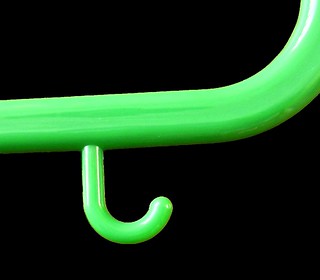
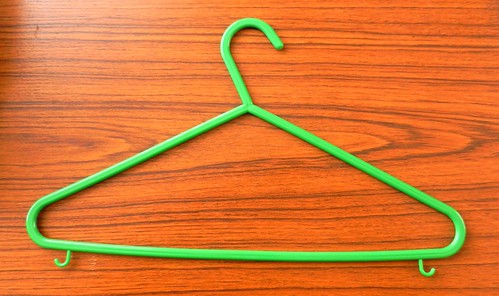
Right, let us see how well you can identify this close view of an object.
Guess What:
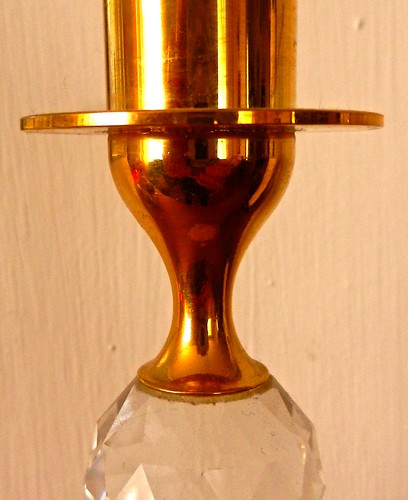
Please leave any guesses in the comments.
They will be revealed, along with the answer, next Monday.
No prizes. Just for fun and possibly a virtual Midmarsh Gold or Silver Star.
Sunday, 20 March 2016
Song Thrush Serenade - Video
Returning from our early morning walkies I could hear the deafening sound of a Song Thrush which must have been very close. After a cautious walk round the garden I spotted it high up in a tree next door. I half expected it to fly away as soon as I set up the camera but for once it stayed in view though I did have to move the camera when the Thrush decided to change trees:
Clips two and three also have loud House Sparrows as they were in a bush next to me while the Song Thrush was about 100 feet away.
Clips two and three also have loud House Sparrows as they were in a bush next to me while the Song Thrush was about 100 feet away.
Saturday, 19 March 2016
First Extended Time Lapse Experiment
On Thursday afternoon I started a first test run for a long duration time lapse video. As I was
checking the apples I keep for the Blackbirds I noticed a couple going
bad. That gave me the idea of cutting a good one one in half and filming it over several days, one shot every 10 minutes.
That is 6 each hour, 144 photos each day. Each day of shooting producing about 5 seconds of video. The camera card should hold 1,150 photos which may well not be enough, about 8 days worth. I may have to reduce the picture quality a little, buy a larger card or lengthen the time lapse.
The first set up:
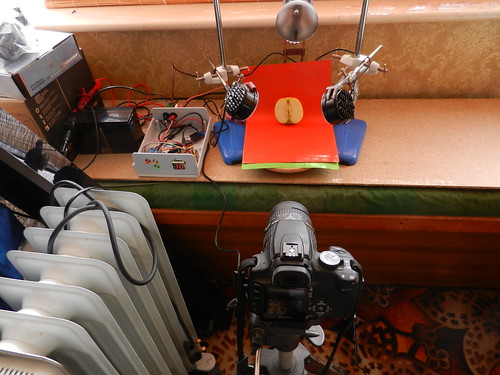
The 12V battery is on the left next to the topless grey box containing the Arduino Nano and associated electronics with a 2 digit display to show how many minutes between shots. It is now programmable from 1 to 60 minutes delay in whole minutes. That switches on three 12V LED lamps for each photo and fires the 350D.
After a short test I decided too much daylight was reaching the subject so I rearranged things with the apple inside an upturned cardboard box which should help keep the lighting from the three 12V LED lamps more even day and night.
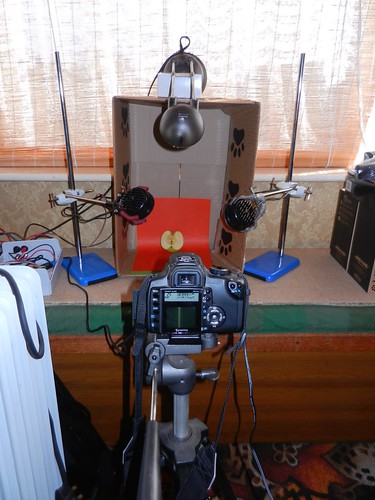
Only time, a long time, will tell how successful it has been. and whether the battery will last long enough. No problem with the camera as that is powered from a mains adaptor. The lamps are the largest drain on the battery but they are only on for 2 seconds for each photo.
This morning I checked the battery and its voltage had dropped a bit below 11V so the light from the LED lamps had lessened. Fortunately I was able to find a 12V 1A power supply to replace the battery.
That is 6 each hour, 144 photos each day. Each day of shooting producing about 5 seconds of video. The camera card should hold 1,150 photos which may well not be enough, about 8 days worth. I may have to reduce the picture quality a little, buy a larger card or lengthen the time lapse.
The first set up:

The 12V battery is on the left next to the topless grey box containing the Arduino Nano and associated electronics with a 2 digit display to show how many minutes between shots. It is now programmable from 1 to 60 minutes delay in whole minutes. That switches on three 12V LED lamps for each photo and fires the 350D.
After a short test I decided too much daylight was reaching the subject so I rearranged things with the apple inside an upturned cardboard box which should help keep the lighting from the three 12V LED lamps more even day and night.

Only time, a long time, will tell how successful it has been. and whether the battery will last long enough. No problem with the camera as that is powered from a mains adaptor. The lamps are the largest drain on the battery but they are only on for 2 seconds for each photo.
This morning I checked the battery and its voltage had dropped a bit below 11V so the light from the LED lamps had lessened. Fortunately I was able to find a 12V 1A power supply to replace the battery.
Friday, 18 March 2016
Friday at the Flicks - First Bumble Bee of Spring
As I was fixing my garden clock back in place after its Winter change of battery, de-cobwebbing and rest I spied a Bumble Bee in the planter just below:
It can't have woken for long as it looked clean and pristine while it warmed up in the Sunshine. Only 10C outside but felt pleasantly warm with no cold wind for once.
It can't have woken for long as it looked clean and pristine while it warmed up in the Sunshine. Only 10C outside but felt pleasantly warm with no cold wind for once.
Thursday, 17 March 2016
Whose Beak Was This?
Wednesday, 16 March 2016
Tuesday, 15 March 2016
Next Arduino Project
For a long time I've wanted to make a long term time lapse video. Yesterday I saw a project on the Instructables site which inspired me to get started. That project was designed for a Raspberry Pi to control lighting and the camera. My version will use an Arduino Nano as I had one in the junk box and I find them easier for my remaining grey cell to cope with the programming.
The basic set up is simple.
The Arduino (on the right) doing the timing to control two relays (on the left):
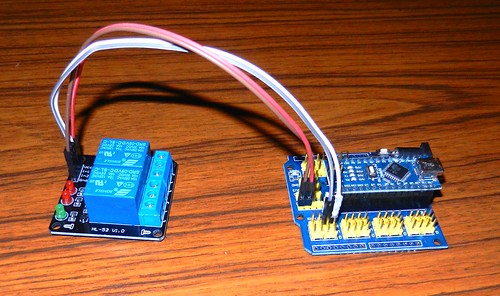
One relay will switch some 12V LEDs on for each shot.
The other will fire the camera, in this case an old Canon 350D.
The sketch (instructions for the Arduino) is simple:
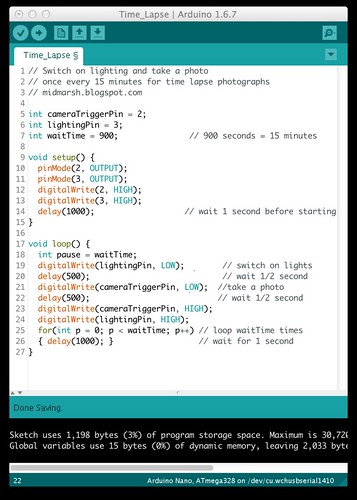
This has a fixed delay time of 15 minutes though any other could be used by changing the value for waitTime (in seconds).
Normally I wouldn't use 'delay()' for such long periods as the Arduino can do nothing else during this time but that is exactly what is needed in this case. I tested the timing with a stop watch and it was within a second over the 15 minute wait.
The camera and Arduino will have to be powered from the mains as they could well be running for many days, possibly weeks, depending on the subject I choose.
I am also toying with the idea of writing a sketch where the delay time can be set on starting the program and displaying it on a small display.
The basic set up is simple.
The Arduino (on the right) doing the timing to control two relays (on the left):

One relay will switch some 12V LEDs on for each shot.
The other will fire the camera, in this case an old Canon 350D.
The sketch (instructions for the Arduino) is simple:

This has a fixed delay time of 15 minutes though any other could be used by changing the value for waitTime (in seconds).
Normally I wouldn't use 'delay()' for such long periods as the Arduino can do nothing else during this time but that is exactly what is needed in this case. I tested the timing with a stop watch and it was within a second over the 15 minute wait.
The camera and Arduino will have to be powered from the mains as they could well be running for many days, possibly weeks, depending on the subject I choose.
I am also toying with the idea of writing a sketch where the delay time can be set on starting the program and displaying it on a small display.
Monday, 14 March 2016
Monday Mystery - Guess What


Some puzzlement over last week's mystery photo but my congratulations and a virtual Midmarsh Gold Star go to Adrian and Ragged Robin who both recognised the knife sharpener. A knife blade is drawn back and forth in the V where the serrated edges sharpen the blade:
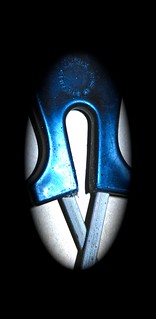
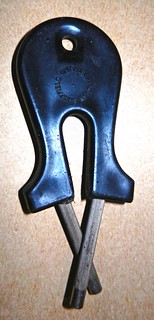
This week we have a close view of part of an everyday object.
Guess What:
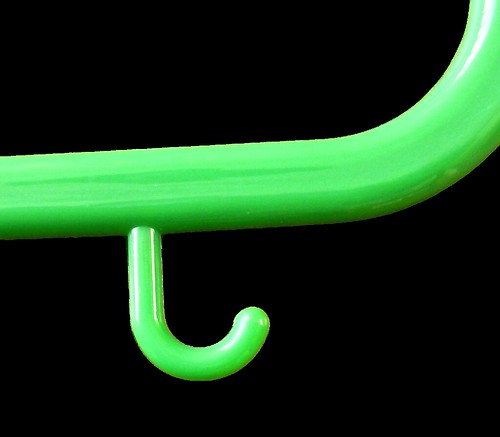
Please leave any guesses in the comments.
They will be revealed, along with the answer, next Monday.
No prizes. Just for fun and maybe a virtual Midmarsh Gold or Silver Star.
Sunday, 13 March 2016
Foggy Sunrise
Saturday, 12 March 2016
Life among the Kangaroo Paws
Kangaroo Paws in this case is the Australian plant Anigozanthos. This is regarded as a tender plant in the UK so I brought mine indoors for the Winter. It has spent its time in the unheated conservatory where temperatures probably got down to about 4C some nights. Although it is said to be a Summer flowering plant it kept one flower stem going all through the Winter and is producing two new ones already this year:
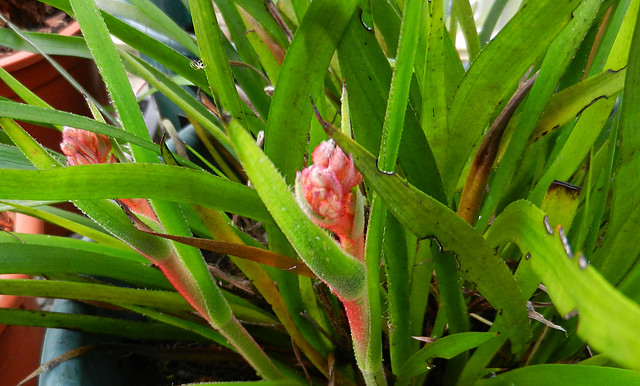
This isn't the life referred to in the title though.
I had spotted a small snail shell on one of the leaves.....
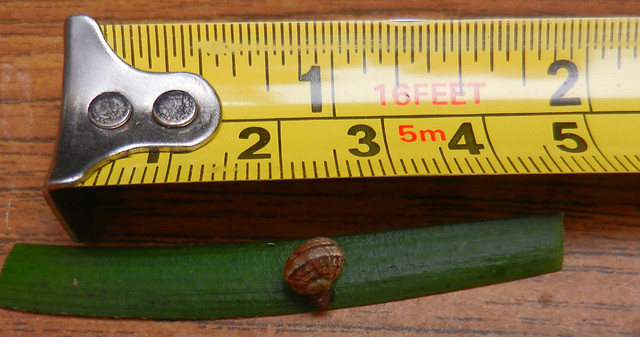
... which I decided would make a suitable subject for some focus stacked close shots:
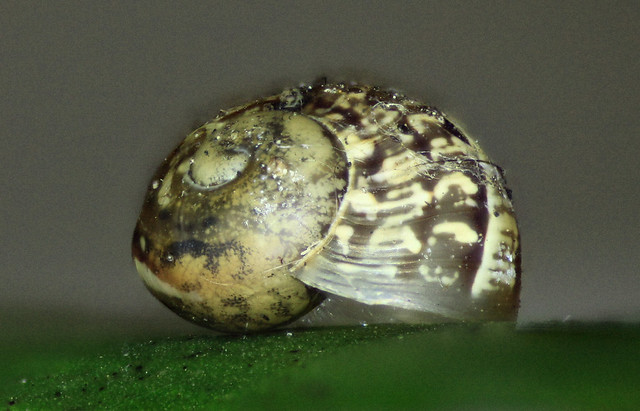
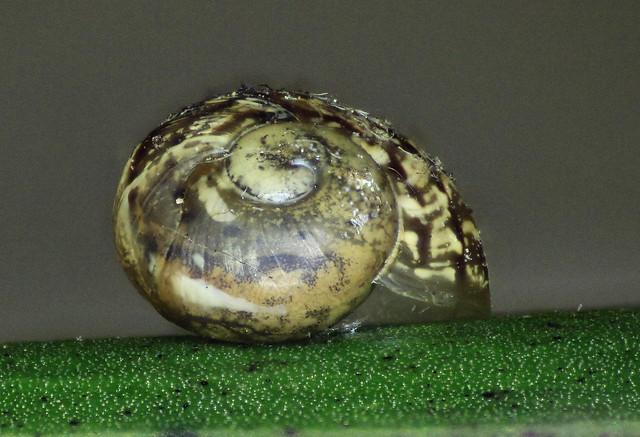
Later when I took the 'normal shot' (2nd photo down) I spotted something else next to the shell. I set up the macro camera again and was staggered to observe the smallest slug I have ever seen:
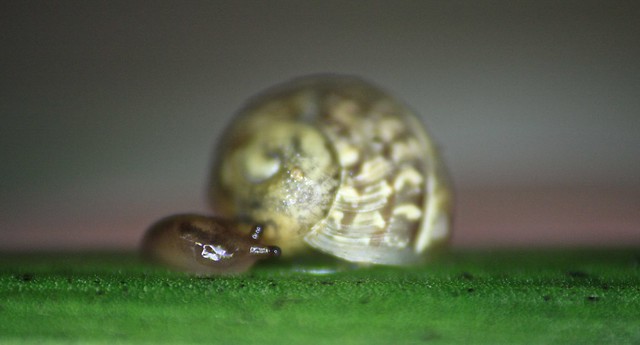
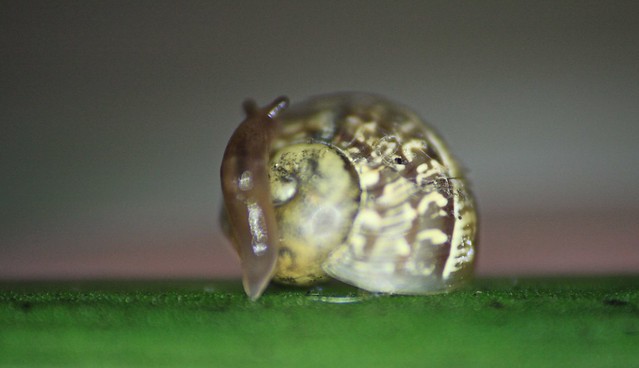
Those were rather hurried single shots taken just before I knocked them both off the table. After a scrabble around I found the snail shell which I discovered to be empty but as for the slug ... it's still on the loose somewhere.

This isn't the life referred to in the title though.
I had spotted a small snail shell on one of the leaves.....

... which I decided would make a suitable subject for some focus stacked close shots:


Later when I took the 'normal shot' (2nd photo down) I spotted something else next to the shell. I set up the macro camera again and was staggered to observe the smallest slug I have ever seen:


Those were rather hurried single shots taken just before I knocked them both off the table. After a scrabble around I found the snail shell which I discovered to be empty but as for the slug ... it's still on the loose somewhere.
Subscribe to:
Posts (Atom)

